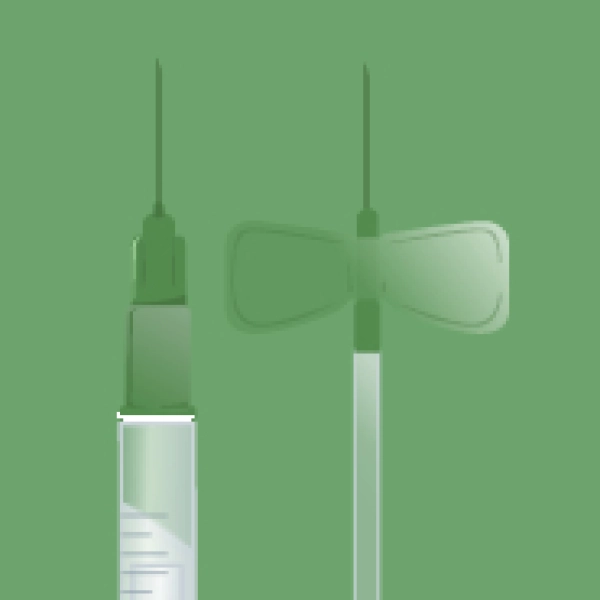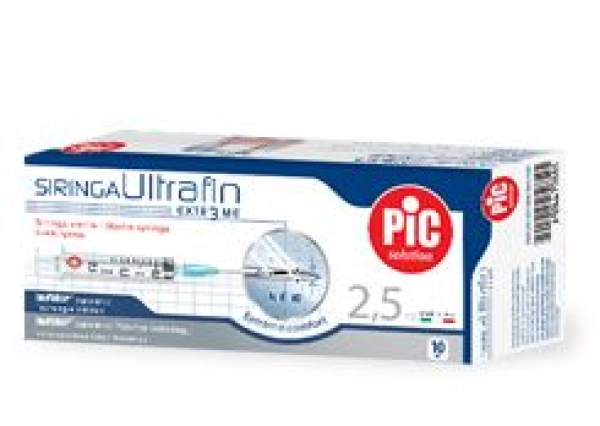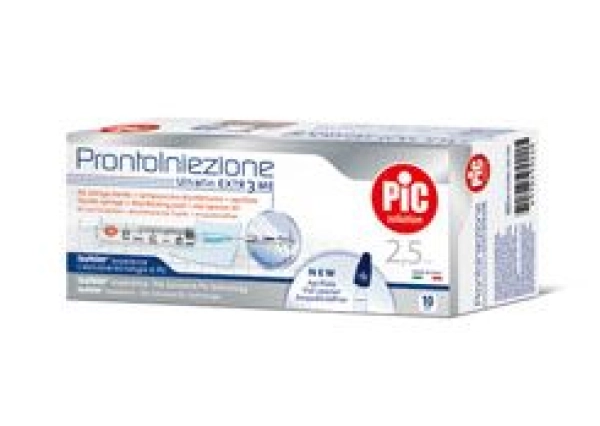

Intramuscular injections are a convenient alternative when you can't take drugs orally (some conditions affect their absorption) or if you have problems swallowing. But that's not all: the intramuscular injection is a good way to inject drugs that are made inactive by gastric juices or liver issues, as well as biological drugs like vaccines. Other examples of substances that can be administered? That's right, some antibiotics and hormones.
We've already said that intramuscular injections allow rapid absorption (about 20 minutes) and they are less painful than subcutaneous ones. That's all thanks to the rich supply of blood in the muscle fibers and fewer nerve endings. But intramuscular injection is also the preferred method to subcutaneous ones when having to inject large volumes of a drug. Keep in mind that the maximum volume for an intramuscular drug is 5 ml for adults.
Administering a drug by intramuscular injection is predominantly used for water-based solutions with quick absorption rates, but also for specialized oil-based ones that need to be delivered into the muscle. In such cases, the release of the active ingredient into the blood is slow and it acts over a period of time. Generally, the intramuscular injection allows the active ingredient to work more quickly and be delivered more directly into the body compared to the oral method, although it is slower than endovenous injections.
To make the effect of administering the drug by intramuscular injection even quicker, here's what to do a few hours afterwards: normally you can massage the injection site or do some physical activity. They're remedies that increase blood circulation and facilitate the absorption of the active ingredients in the drug.
Intramuscular injections are mostly given to newborns or small children for vaccinations. The absorption rate of the drug is higher when administered by intramuscular injection than by the subcutaneous method.
The speed of action of the drug administered by intramuscular injection can depend on the blood supply of the tissue: for example, the absorption rate in the upper arm (deltoid) is quicker than in the buttocks.





